I have recently returned from a fantastic ten-day trip to Indonesia. I started in Tanjung Puting National Park on the island of Borneo where I spent several days photographing Orangutans. I then flew on to Java where I explored the ancient Buddhist monument of Borobudur and some spectacular volcanic scenery.
Kalimantan, Borneo
Indonesia is the world’s fourth most populous country and as a result there is tremendous pressure on the land. Large-scale deforestation (much of it illegal) threatens the survival of many endemic species. Tanjung Puting National Park is a large area of protected wilderness in southern Borneo which was established in the 1930s to protect Orangutans and the unique Proboscis monkey. The park is very remote and it took me two days just to reach the village of Kumai on the boundary of the park. The interior of Tanjung Puting can only be accessed by boat and so I spent the next four days sleeping, eating and chugging along on a colourful “klotok” (river boat).
My primary base in the park was Camp Leakey. This research facility was set up in 1971 by Louis Leakey who was mentor for three world famous primatologists; Jane Goodall and Dian Fossey (known for their work with Chimpanzees and Gorillas respectively), and Dr Birute Galdikas, who has been based at Camp Leakey since 1971 and is a leading authority on orangutans.
Over the years, orangutans orphaned by deforestation and the illegal pet trade have been taken to Camp Leakey and returned to a life in the wild. These rehabilitated orangutans live alongside and breed with wild orangutans in the area. I was fortunate enough to photograph both rehabilitated and wild orangutans during my time in the park.
Observing these lively primates was fascinating because their behaviour can be so human; the mothers were tender & caring and the youngsters playful & mischievous! However, the highlight of the trip was when I came face to face with a dominant male orangutan whose size and strength was quite awe-inspiring! Dominant males such as the one shown above can have an arm span of 2.3 m and weigh over 118 kg – females by comparison weigh just 45 kg!
Borobudur, Central Java
Having survived the mosquitoes, leaches and ferocious ants of Borneo’s rainforest, I flew on to Yogyakarta in central Java. Here I got up at the crack of dawn to visit the ancient Buddhist monument of Borobudur at sunrise.
Borobudur was built over 1,000 years ago in the ninth-century AD. The monument comprises six square platforms topped by three circular platforms, and is decorated with 2,672 relief panels and 504 Buddha statues. A main dome, located at the centre of the top platform, is surrounded by 72 Buddha statues seated inside perforated stupa (shown in the first image above). The monument looks out over the twin-volcanoes of Mt. Merapi and Mt. Merbabu.
Mt. Bromo, Eastern Java
The final leg of my Indonesia trip was to Eastern Java, home of the picturesque Mt. Bromo. I first saw pictures of Mt. Bromo a few years ago and I was instantly captivated by the mythical prehistoric nature of the landscape.
Photographing Mt. Bromo at sunrise involved rising at 3.30am and getting into a jeep that looked like it was designed for driving on Mars! I suffered an uncomfortable 45 minute drive along a steep and bumpy track in order to get to the view point before the sun came up. I hastily set up my gear and took some long exposures while the stars were still visible and the landscape was lit by the first hints of dawn.
Later in the day, the light was not good enough for taking photographs, so I decided to capture the steam billowing out of Mt. Bromo by shooting a time-lapse clip. As I shot the sequence, the clouds rolled in overhead and added an extra dimension to the scene. You can view my time-lapse clip here.
Kawah Ijen, Eastern Java
The last stop of my trip was Kawah Ijen, a huge volcanic crater with a one-kilometer-wide turquoise-coloured acid crater lake. To one side of the lake is an active vent where gaseous sulphur billows out from the earth. Local people funnel this gas through ceramic pipes in order to cool and condense it. The sulphur drips from the end of these pipes and freezes into solid rock. The miners then hack the sulphur into slabs and carry up to 90kg of it up the treacherous path to the crater rim and a further 4km down the side of the volcano. Each miner will make the trip two or three times a day and will earn a total of around $5 per day. I can safely say it is the hardest job I have ever witnessed!
While trying to photograph the miners at work, I got a first hand taste of what their working conditions are like. On one occasion I got too close and the wind blew the noxious gasses over me. I almost fell over as I was hit by a stinging, burning pain in my nose and throat. Many of the miners had just a flimsy scarf wrapped around their faces and were right next to the active vents – I have no idea how they survive it! Here are a couple of pictures me in action: before being suffocated and while being suffocated! After my “near death” experience, I decided to keep a safe distance from all manner of mining operation!
For a few more photos from my trip to Indonesia, please visit my photoblog.



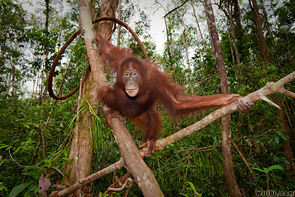

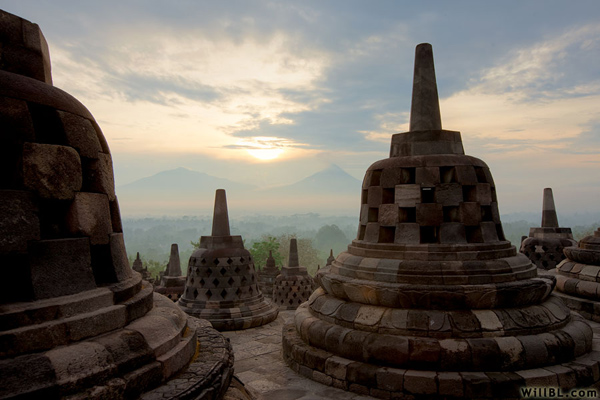
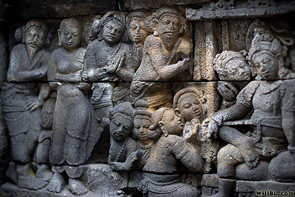
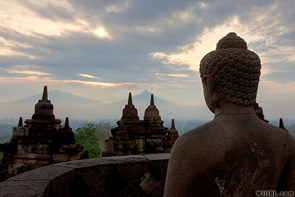
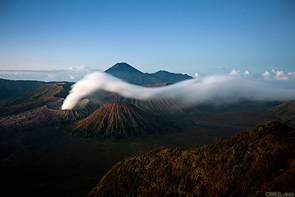
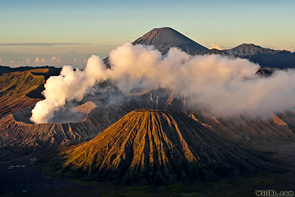
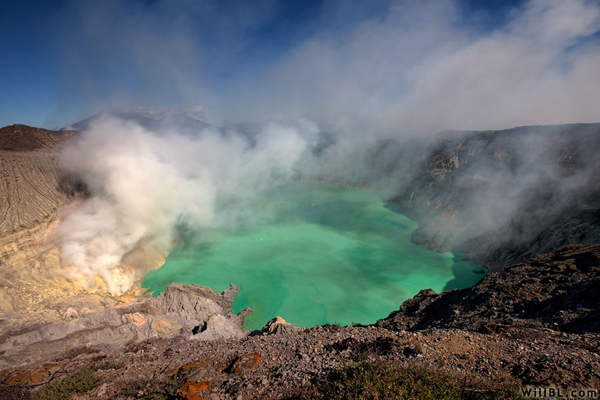
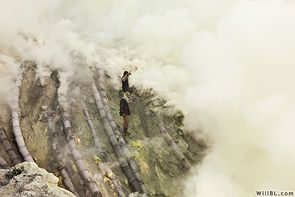
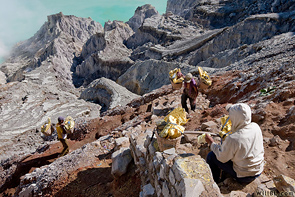


Wonderful account and great pictures. I especially like the time-lapse sequence of Mt. Bromo. It looks like a fantastic adventure!
Hello again.. Another great set of images.. Time lapse is interesting, and the colors in the crater lake are great.. What will ye do when ye run out of places to visit??
Thanks for taking us on your journey through the photos and text. I followed a doc on these sulphur miners in Asia and saw how they have to carry the sulphur slabs in baskets up slopes. The vapour is choking.
How close were you able to get to with the orangutans?
What is your next expedition after Indonesia?
really proud of my country. your photograph makes them wonderful as the origin.
I’m impressed that you travelled to my country and took these pictures!